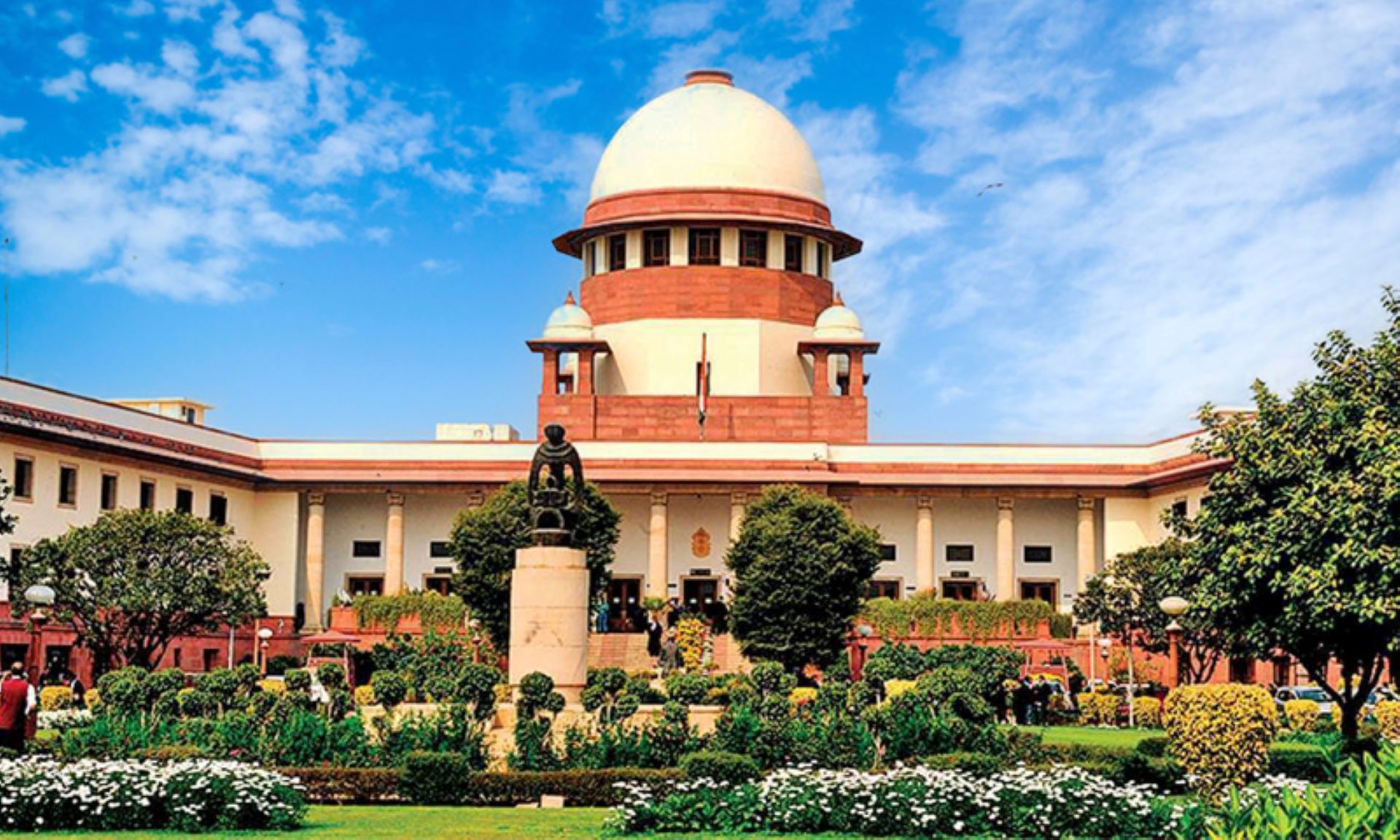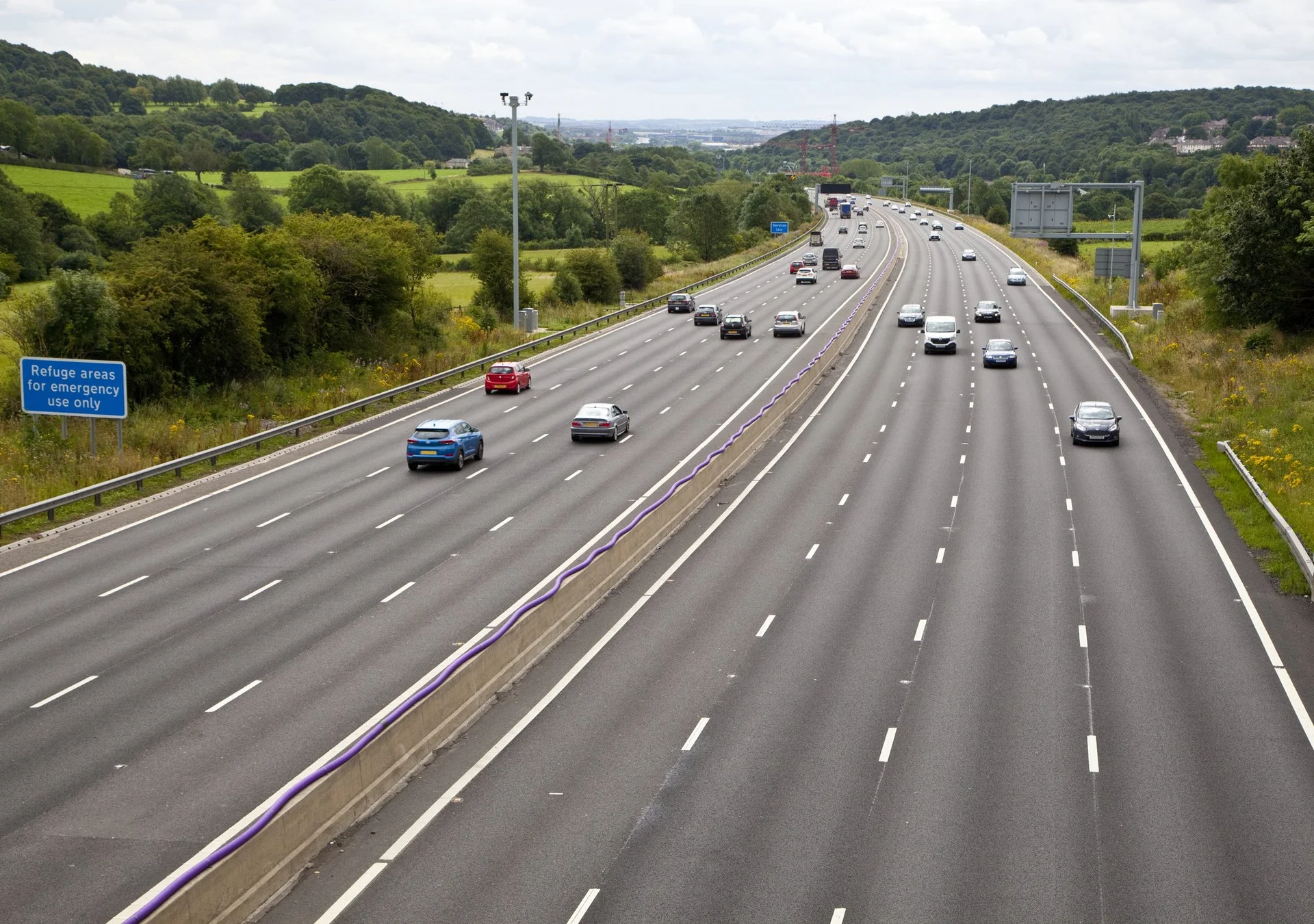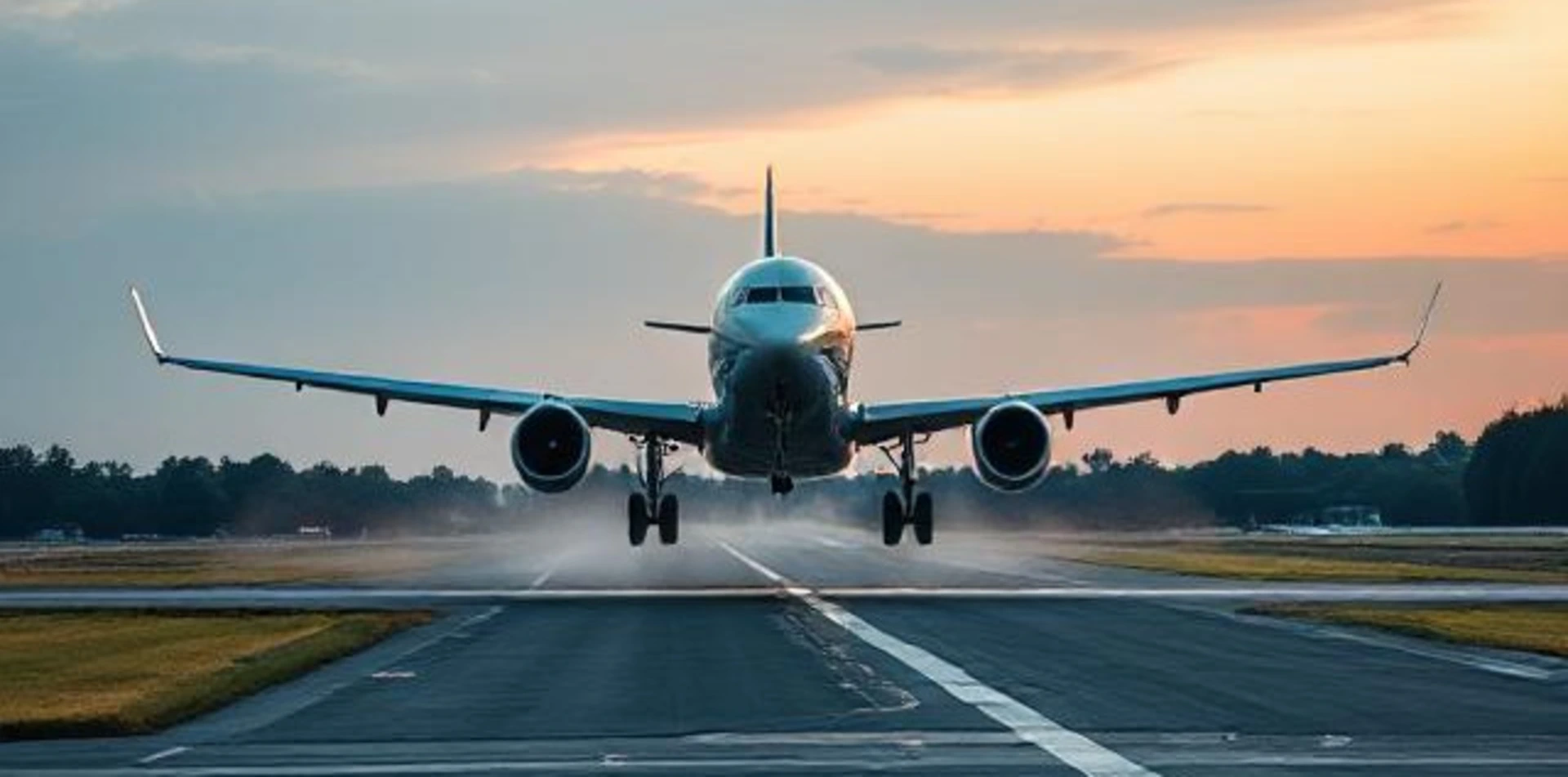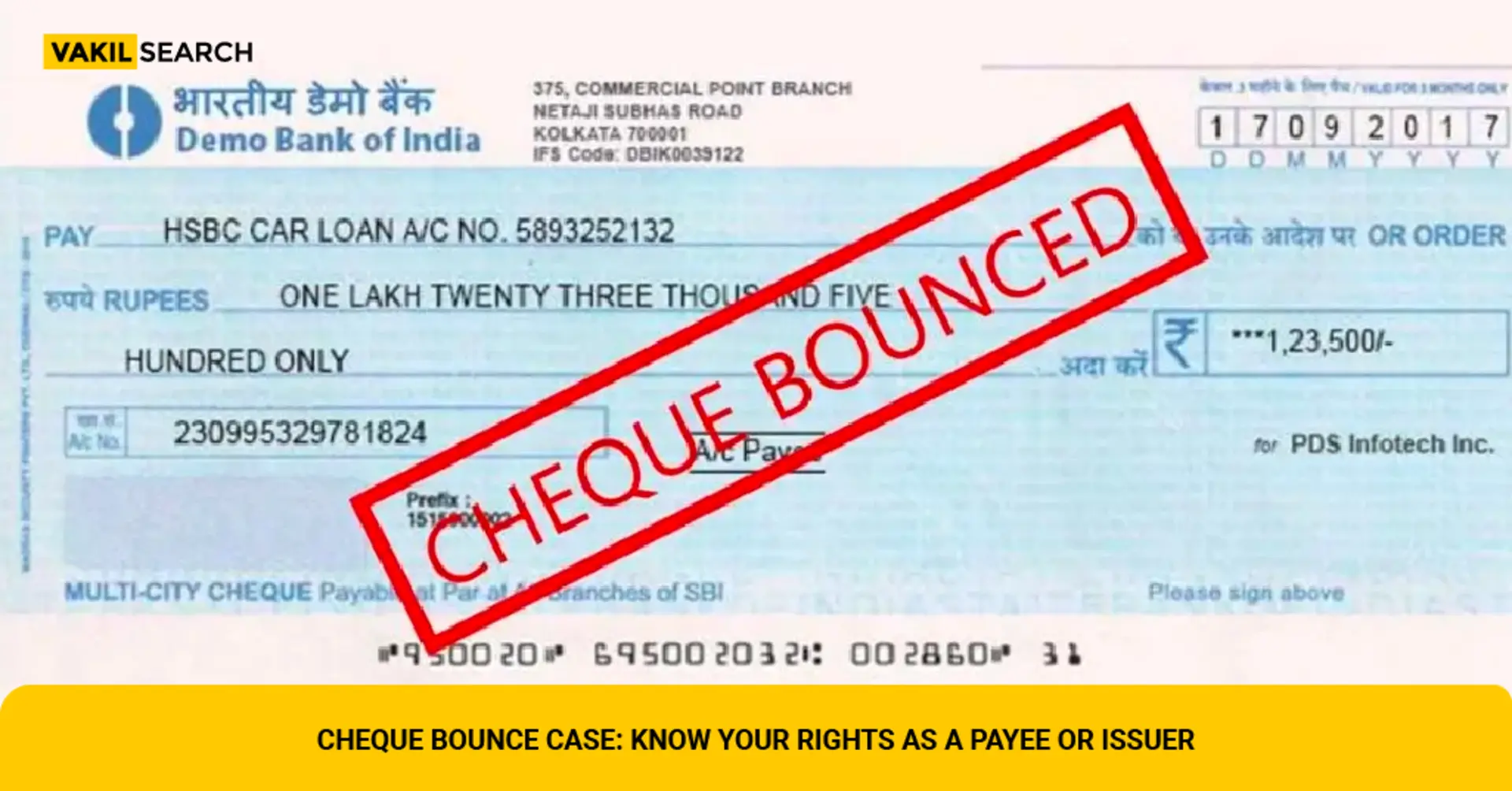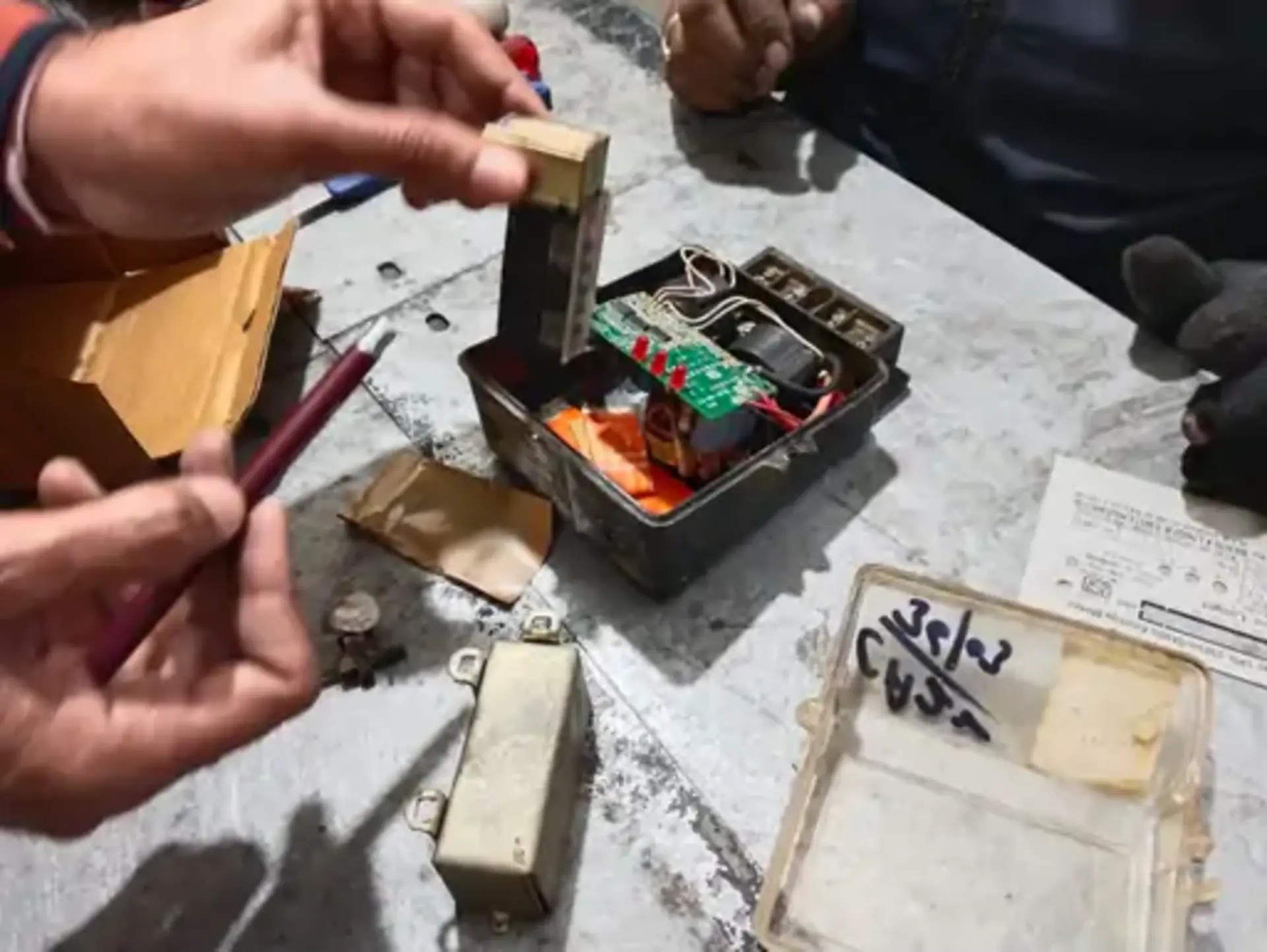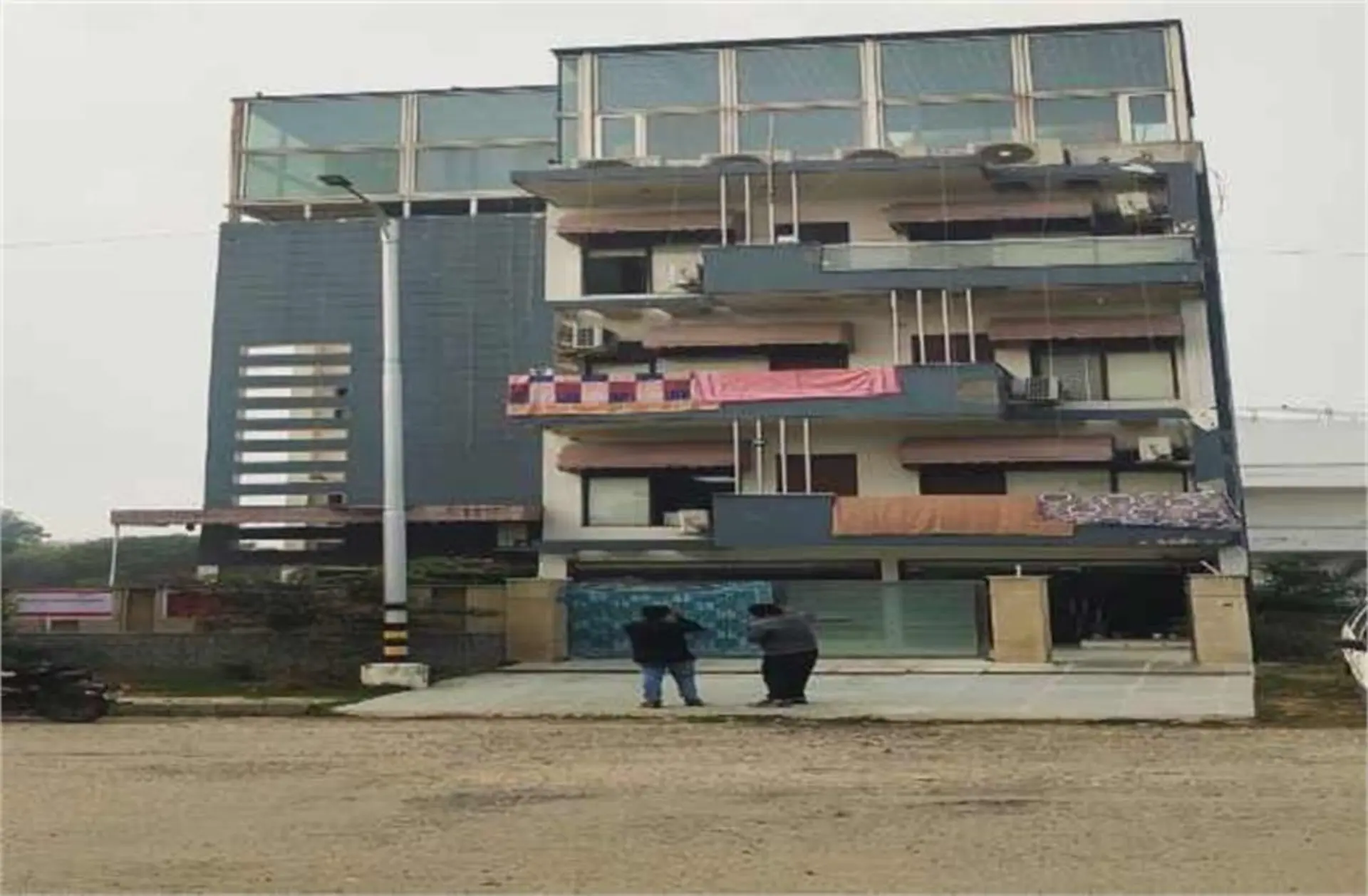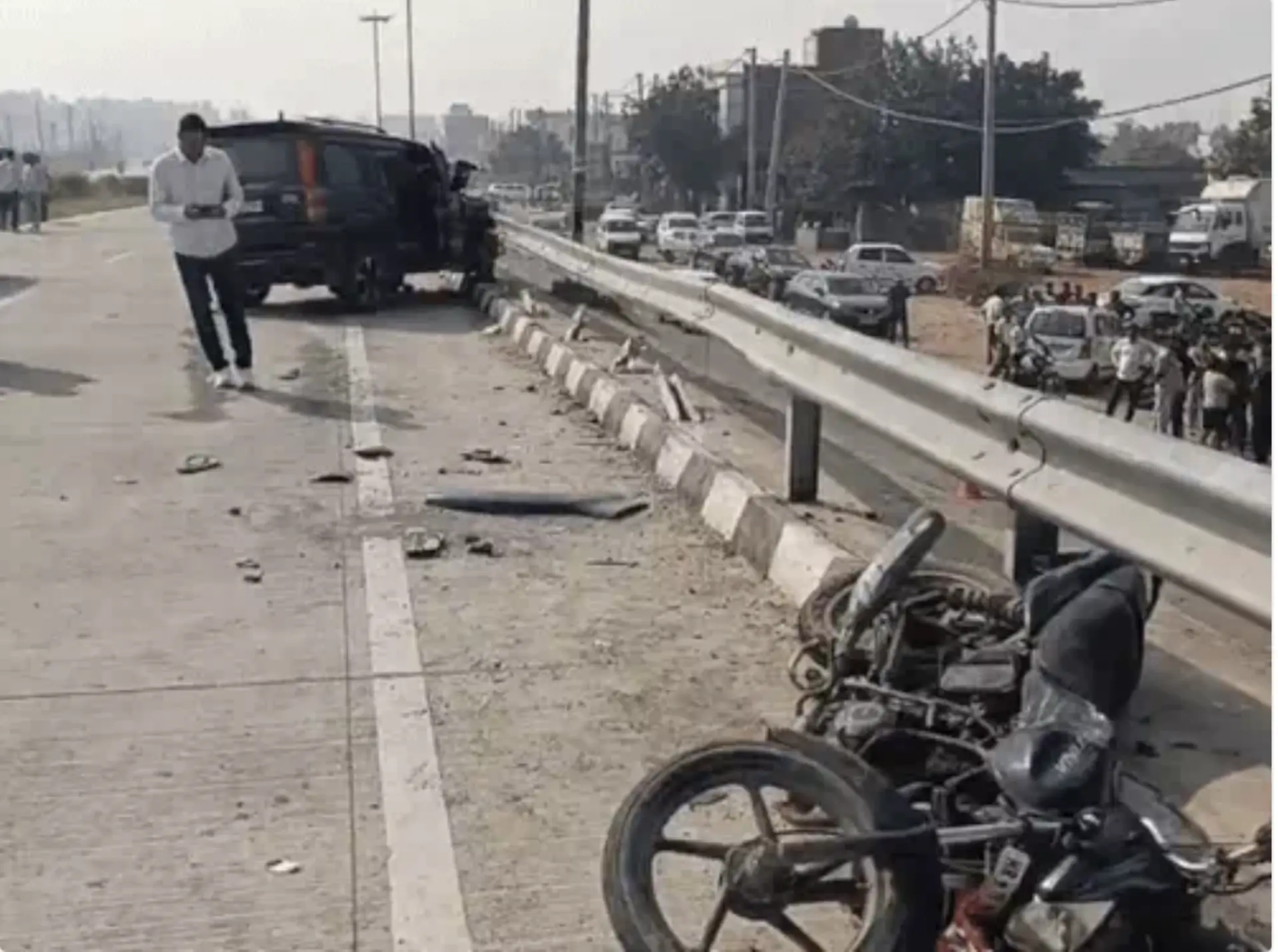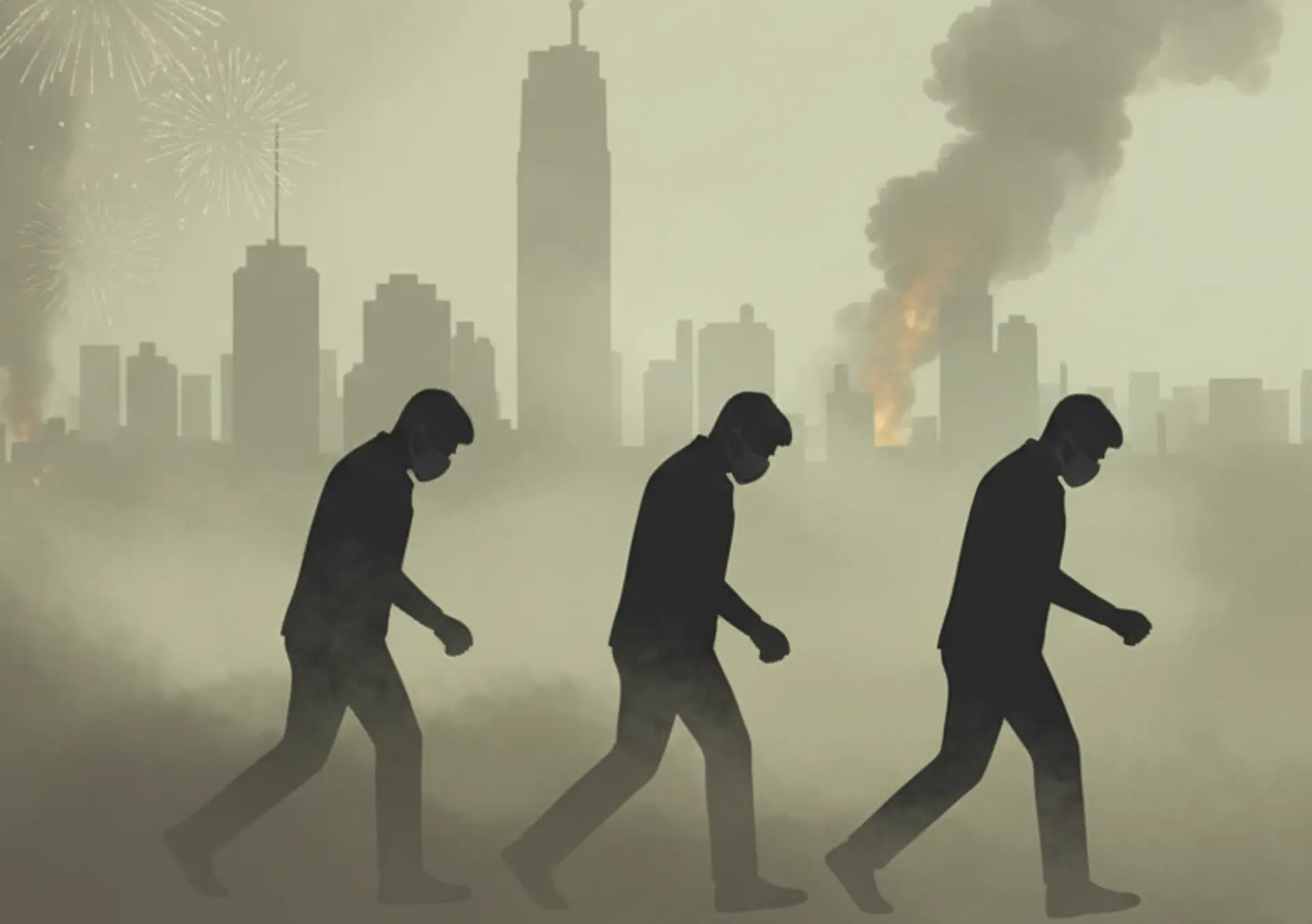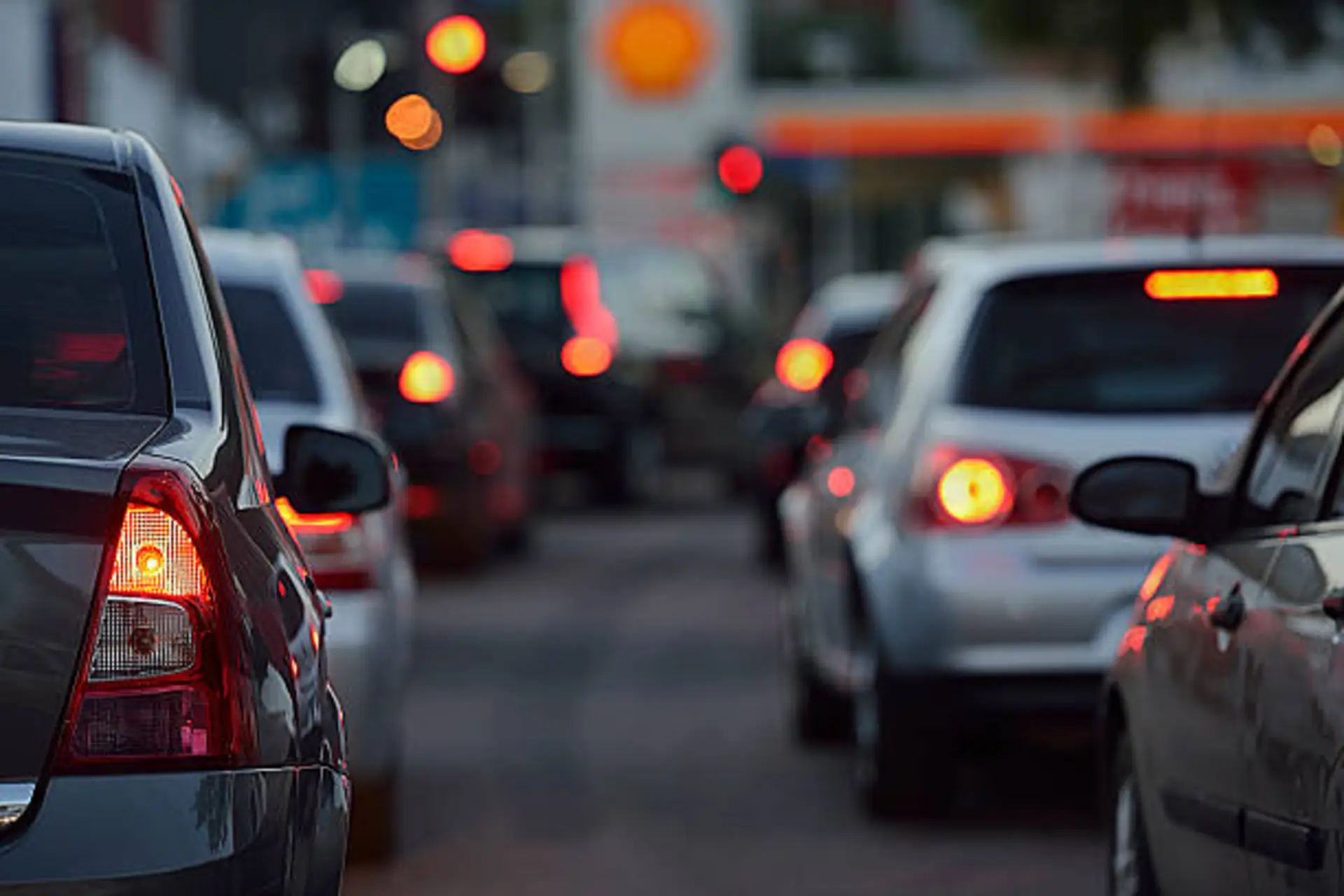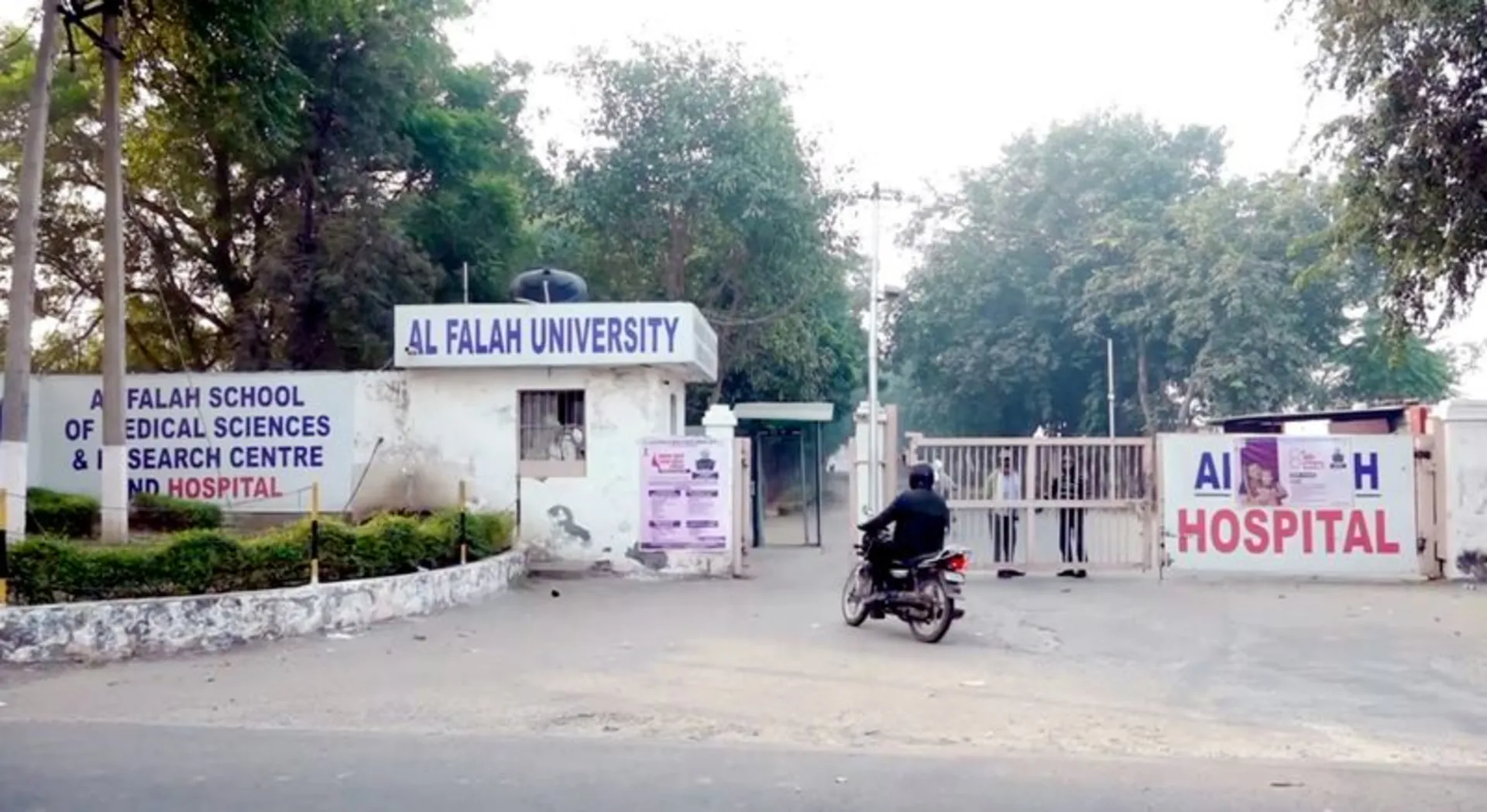
In a significant development, the Supreme Court of India has instructed the Haryana government to remove the barricades set up at the Shambhu border near Ambala. This area has been a focal point of farmers' protests since February 13, with demonstrators camping there in support of various demands, including a legal guarantee for minimum support price (MSP) for crops.
The directive came during a hearing where a bench consisting of Justices Surya Kant and Ujjal Bhuyan expressed concern over the state's actions. The court questioned the Haryana government's authority to block a national highway, emphasizing that the state's role should be to regulate traffic rather than obstruct it entirely.
The Shambhu border, part of the Ambala-New Delhi national highway, has been closed since February. The Haryana government had erected barricades in response to announcements by farmer organizations, including the Samyukta Kisan Morcha (SKM) (Non-Political) and Kisan Mazdoor Morcha (KMM), about their plans to march towards Delhi.
During the hearing, the counsel for the Haryana government informed the court that the state was preparing to file an appeal against a recent High Court order. On July 10, the High Court had directed the state to open the highway within seven days. However, the Supreme Court bench was not swayed by this argument.
Justice Bhuyan pointedly asked, "How can a state block a highway? It has a duty to regulate traffic. We are saying open it but regulate." This statement underscores the court's position that while the state has the responsibility to manage traffic flow, it does not have the right to completely shut down a major transportation artery.
The Supreme Court's intervention highlights the ongoing tension between the farmers' right to protest and the need to maintain public infrastructure and free movement. It also brings into focus the delicate balance that governments must strike between addressing security concerns and ensuring that citizens' rights to movement are not unduly restricted.
As the situation continues to develop, all eyes will be on the Haryana government's next move. The state now faces the challenge of complying with the Supreme Court's directive while also addressing the concerns that led to the blockade in the first place. The outcome of this situation could have significant implications for how similar protests and highway blockades are handled in the future across India.



